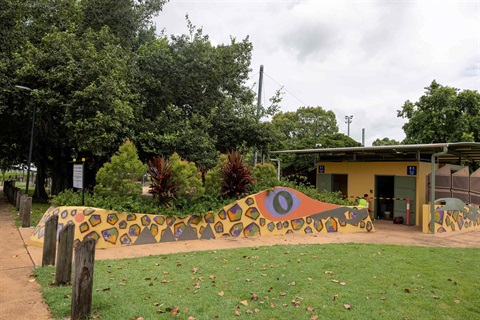If you have Australia is critically short of GPs – and the shortfall is , predicted to be 8,600 GPs by 2048.
Authors
- Christopher Harrison
Senior Lecturer, Sydney School of Public Health, University of Sydney
- Julie Gordon
Senior Research Fellow, Sydney School of Public Health, University of Sydney
- Marguerite Tracy
Senior Lecturer, General Practice Clinical School, University of Sydney
So why can’t we just train more? Despite new programs to attract medical graduates, there are multiple reasons Australia is struggling to keep up with demand.
Why is demand for GPs going up?
Demand for GP services is increasing because our population is changing.
Between June 2019 and June 2023, the Australian population .
But more importantly, our population is ageing. Over the same period, the number of people aged 65 years and over .
Older patients, especially those with , have a far higher demand for GP services than younger, healthy patients.
For example, in 2023 patients aged 10-14 years visited GPs an average of . Those aged 85 years or older averaged in the same year.
Our ageing population means demand for GP services is increasing faster than the population is growing.
More GPs doesn’t mean more appointments
The number of GPs in Australia is actually going up. In recent years it has increased 5.1%, from . This mirrors total population growth.
However, the number of has decreased by over the same period.
So, what’s going on? There are two main issues.
First, there has been a historical trend over the years where male GPs have been working .
Second, the proportion of GPs who are female has been increasing for decades. There are now female GPs (49.6%) as male (50.4%).
Female GPs have traditionally worked . This is partly due to female GPs taking .
These two factors combined mean while the overall number of GPs has increased, the number of full-time equivalent GPs has decreased. This further exacerbates the shortfall of GPs.
General practice is not drawing graduates
As a profession, general practice has been finding it difficult to attract new graduates.
The latest Medical School Outcomes Database report showed only of graduates listed general practice as their first choice of specialisation.
Even when combined with those students who said they were considering a career as a rural generalist ( ) this is not enough to meet the growing demand and more needs to be done to attract new graduates.
Why isn’t it attractive?
1. Lower financial incentives compared to other graduates
GPs earn less on average than other medical specialities. In , GPs (including full-time and part-time) reported a median total income of $A142,279. That’s close to half of what psychiatrists earned ($268,135), and significantly less than surgeons ($373,720) and anaesthetists ($432,234).
In addition, general practice faces greater pressure than most specialities to bulk bill patients. Bulk billing means the fee is covered by a Medicare rebate, with no charge to the patient.
But yearly increases to Medicare rebates have been well below the consumer price index (CPI) and for several years they were .
At the same time, the costs of providing general practice care (including rent, wages for administrative staff and equipment) have risen far faster than the . This squeezes GPs who continue to bulk bill.
An increase to rebates for bulk billing incentive items in 2023 has likely relieved some of this pressure and has coincided with an increase in the number of patients .
2. Training pathway
Another issue in attracting future GPs is the required training path for doctors once they finish their medical degree.
During their medical degree, all medical students spend time in general practice. Those who want to become GPs after this must enter a general practice training program as part of postgraduate study, after completing the first postgraduate year (also known as ).
However when they graduate from their medical degree they are required to work exclusively in hospitals – where they are exposed to colleagues who are almost always hospital-trained (and have never worked as GPs). This means general practice becomes less visible as a career option to many junior doctors.
3. Conditions
Another barrier is those who leave hospital jobs to enter GP training lose many entitlements, such as a reduction in pay and paid parental leave.
Hospital junior doctors are employees under , which includes paid parental leave.
But GP trainees are usually employed under , which is not an award and does not have mandated employer-paid parental leave. (They may still qualify for the paid parental scheme via Centrelink.)
This is at a time when they often have significant student debt and may be considering starting a family.
What’s being done to attract new graduates?
As a consequence of all these factors, for the past couple of years have not been filled to capacity.
The good news is enrolments into GP training are headed in the right direction.
For 2025, the positions , an almost 20% increase on 2024 enrolments. That means there are 1,504 junior doctors who have accepted a training place for 2025.
It is still too early to tell if this increase is a one-off, why there has been improvement and whether or not it will be sustained.
There are several other pathways into GP training as well, who want to train in Aboriginal Medical Services in rural and remote areas and some training .
What else do we need?
These are steps in the right direction. But more still needs to be done to attract a new generation of graduates to enjoy the of working in general practice.
We need sustainable strategies to address the inequities between general practice and other specialities, particularly training pay and conditions.
Without support for general practice – which provides – we risk drifting to a system which fragments care and Australians will increasingly receive piecemeal health care.
![]()







